Dear Texas Instrument Team,
when doing the DC or AC measurement i see an oscillation in my signal (i guess it is crosstalk)
Ich exciting the DC and AC measurement with 5V and reading the signal with the AIN2/3 Pins.
The attached photo below shows that clearly.
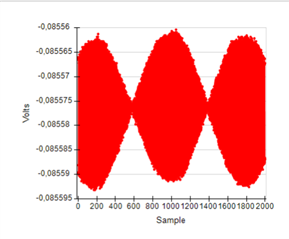
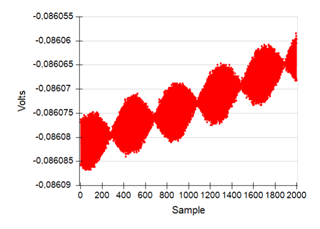
BTW i am measuring two (but same) Wheatstone bridge at the same time and both are showing oscillation but with different frequencies.
Best regards,
Marcel



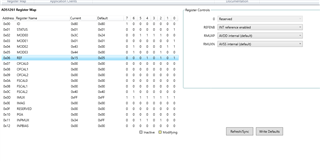
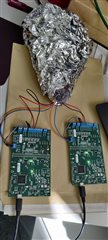
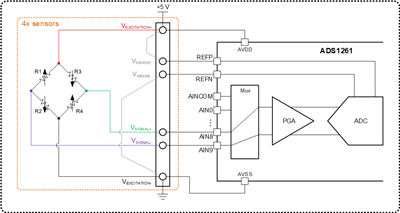
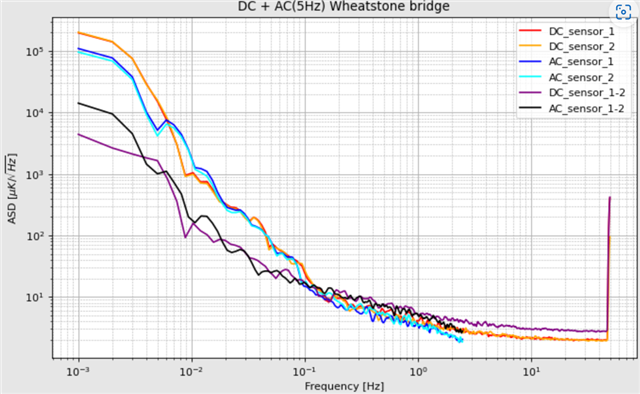
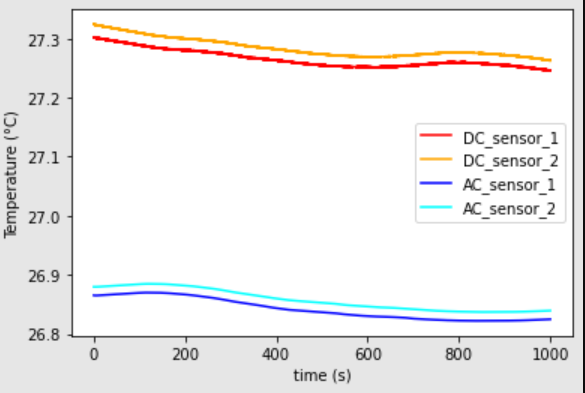
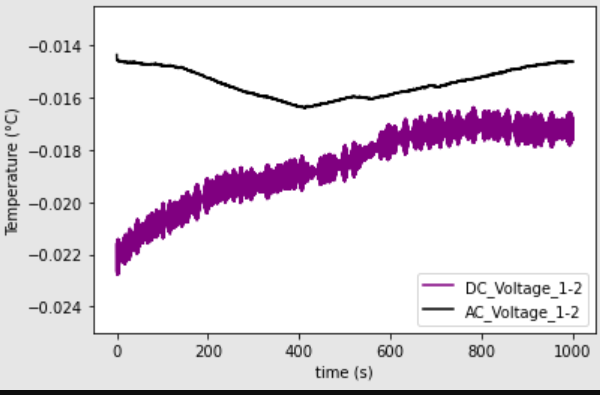
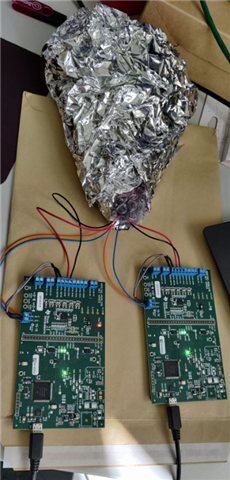
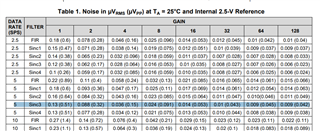
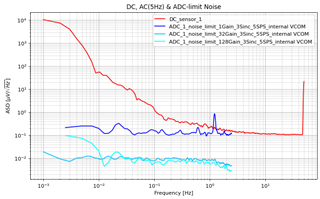
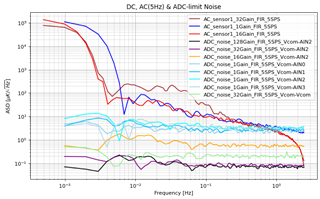
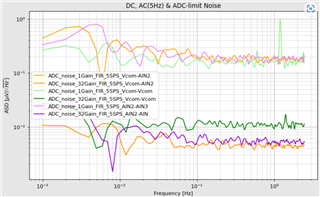 The measurements for Vcom/Vcom are in good agreement with the data sheet (manual).
The measurements for Vcom/Vcom are in good agreement with the data sheet (manual).